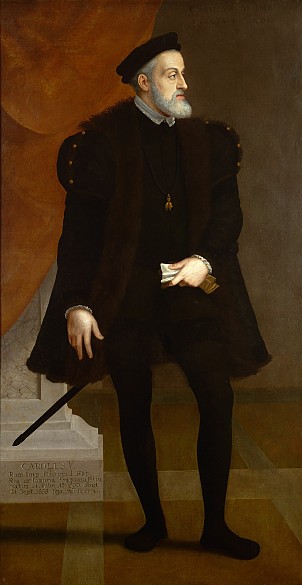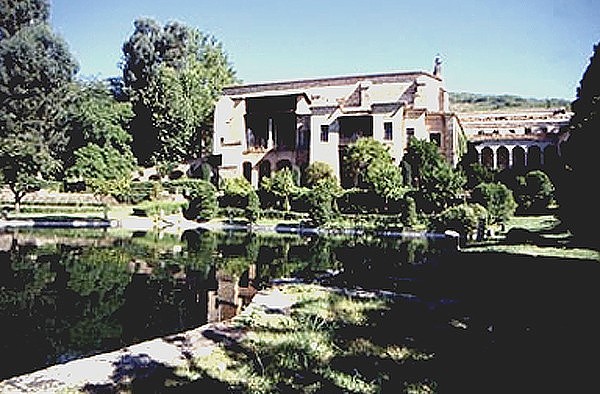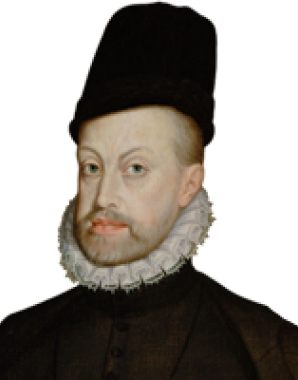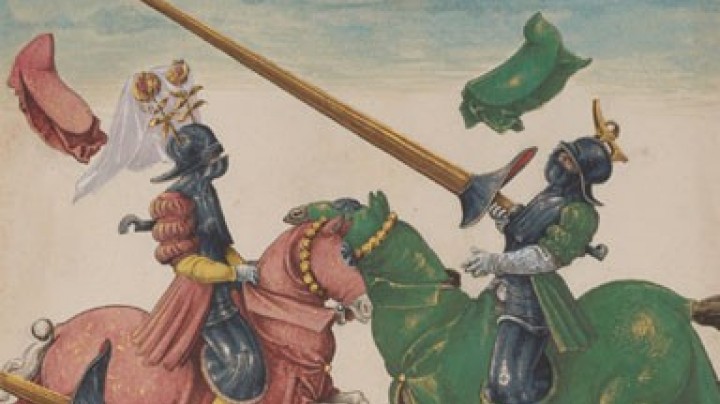Charles V: resignation and abdication
In 1556, at the age of 55, Charles, then the most powerful man in the world, Holy Roman Emperor and ruler of the global Spanish Empire, decided to lay down his crown and abdicate all his offices.
Charles V on his conception of imperial office…I sought the imperial crown not in order to rule over a multitude of kingdoms but merely to ensure the welfare and prosperity of the country and my other kingdoms, and to preserve peace and concord in the whole of Christendom… To this purpose have I made many arduous journeys and have been compelled to wage many wars… but never wantonly, always very much against my own will. … I had great hopes – only few have been fulfilled and few have remained to me, and at the cost of what travails! This has made me sick and weary. Do not think that I seek to avoid any travails or perils; my powers no longer suffice. Place your trust in my son, be united, observe justice at all times and do not let unbelief appear in your midst…
Throughout his reign Charles struggled with the contradiction between his claim to universal power and the difficulty of actually implementing this dominion in the various different parts of his vast empire. Charles was forced to be constantly on the move to compensate for the lack of an effective modern administrative apparatus. A not unimportant factor in his failure was the nature of communications at that time: strung out over whole continents, his monarchy had become ungovernable.
Charles also had to battle with the resistance of regional forces in Spain, the Netherlands and within the empire to a universal, supranational Habsburg monarchy. Eventually he abandoned his hopes, accepting the unfeasibility of the undertaking. The office of Holy Roman Emperor passed to his brother Ferdinand and the Spanish crown to his son Philip. Even within the dynasty it was no longer possible to prevent power being split between several different lines.
The emperor’s last refuge was the Hieronymite monastery of Yuste on the uplands of the Estremadura south-west of Madrid. The Order of St Jerome was an eremitic community devoted to an ascetic and solitary life as the path to finding God. Charles spent his last two years at Yuste, incapacitated by various ailments, in particular gout. Riddled with pain, he had to be carried about in sedan chairs or on litters. While Charles did not enter the order, he lived within the monastic community and had a small palace built in the Italian style with eight rooms adjoining the monastery. His bedchamber shared a connecting door with the sanctuary of the monastery church, making it possible for Charles to follow Mass from his bed even when he was virtually immobilized by his gout.
The gout was a consequence of Charles’s eating habits. The emperor was devoted to the pleasures of the table, a gourmand who spent huge sums on obtaining specialities for his meals. He ate immoderately and hastily, causing problems with his health. In the end, however, it was malaria which killed him.
Following his death in 1558 the emperor’s mortal remains were initially interred beneath the altar of the monastery church. Later on his son Philip II had his coffin transferred to the pantheon of the Spanish kings in the palatial monastery of El Escorial. Yuste monastery was destroyed during the Peninsular War and abandoned. In 1958, to mark the fourth centenary of Charles’s death, it was restored and given back to the Order of St Jerome. Today the Hieronymites at Yuste continue to preserve the memory of the emperor who came to grief with his vision of universal monarchy.















